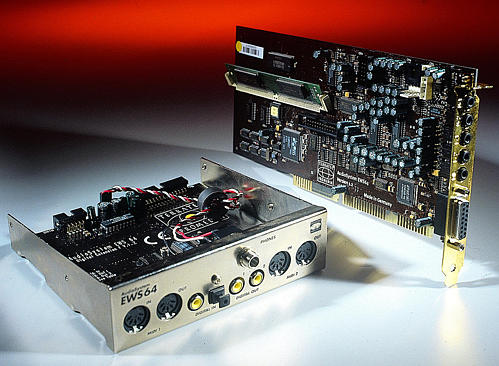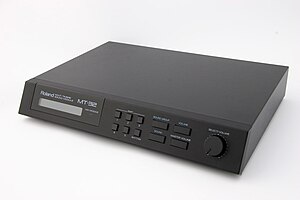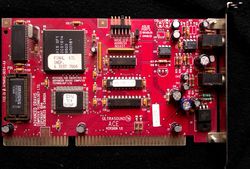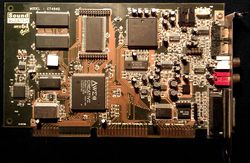philscomputerlab wrote:Intelligent mode can enabled through SoftMPU. Works very well with the Audican 32 Plus, no hanging note bugs either.
SoftMPU works very well now with all or almost all SBs and compatibles. Hanging note bug is absent on non-Creative cards and it doesn't matter if SoftMPU is used or not.
One more thing about SoftMPU: for best usable in most games we need IRQ2. The true is that all real Intelligent controllers can use IRQ9 on any motherboard by jumper settings. But if we install SB/compatible card for SoftMPU on newer motherboards we usually can not do so because this IRQ is used by ACPI system and sound card initialization fails. Remember that please. You need to disable ACPI (so bad for Windows) or initialize another IRQ.
I decided this issue by another "non-mainstream" way. My BIOS modded for Core 2 Duo by LLC includes ACPI mod also. Now the ACPI system uses IRQ10! I chosen exactly 10 because this IRQ is not typical for using by ISA sound cards.
OK, let's go on about i865+Core2+DDR+AGP8X+ISA.
Now ISA.
I use a few basic standards for best sound in all games. There are Sound Blaster/Pro, SB16, GUS (GF1), EMU8k, Roland LA, Roland GM.
"Sound Blater/Pro"

Terratec EWS64 XL. S/PDIF IN and OUT! Resources: IO=220 IRQ=7 DMA=1 FM=388 MIDI1=300 MIDI2=320. On the MIDI1 channel I use Dream Synth with its own factory sound banks. On the MIDI2 channel I use MIDI daughterboard Roland GM. Here it is:
Roland GM

Roland SCB-55.
"Sound Blaster 16"

AV310 Audio Excel 3D. S/PDIF IN and OUT! Resources: WSS=dis FM=dis IO=240 IRQ=5 LowDMA=0 HighDMA=5 MPU=330. 100% SB16 standard compatible. On MPU channel Roland LA is connected. It is:
Roland LA

Roland MT-32. No comments.
GUS GF1

Gravis Ultrasound ACE. Resources: IO=250 IRQ=3 DMA=7 FM=dis.
AWE EMU8000

AWE64Gold. S/PDIF OUT! Resources: IO=260 IRQ=9 LowDMA=3 HighDMA=6 MPU=dis FM=dis AWE=640. This card plays through spdif only EMU8k sound. The digital Sound FX in most cases doesn't present on spdif out. Therefore I never use AWE64Gold as SB16. Only as EMU8000 AWE.
If I need Intelligent mode I load SoftMPU by using Sound Blaster IO260 IRQ2 MPU330.
All cards are plugged in 5-slot ISA riser.
Signal Lines Connection.
----------- ------- ---------
GUS Ace MT-32 64Gold
----------- ------- --spdif out
| |
V V
analog in
--------------------spdif in
EWS64XL
--------------------spdif out
| s/pdif
V
--------spdif in
AV310
--------spdif out
| s/pdif
V
Digital Receiver DAC Amplifier.
This is my best DOS sound system.









